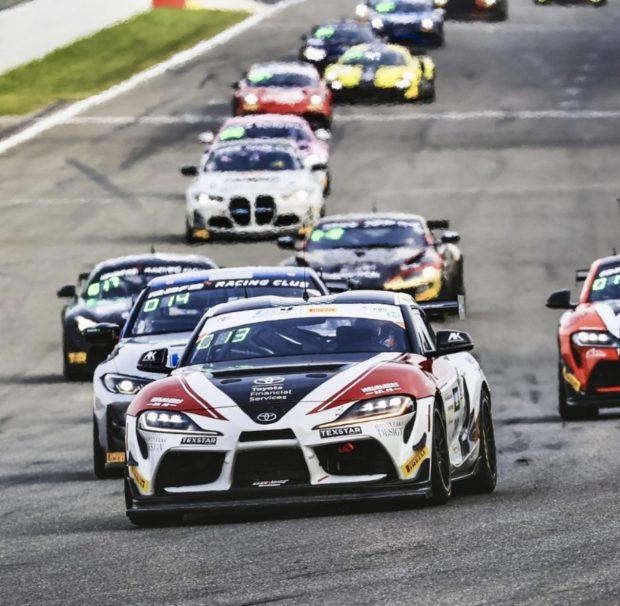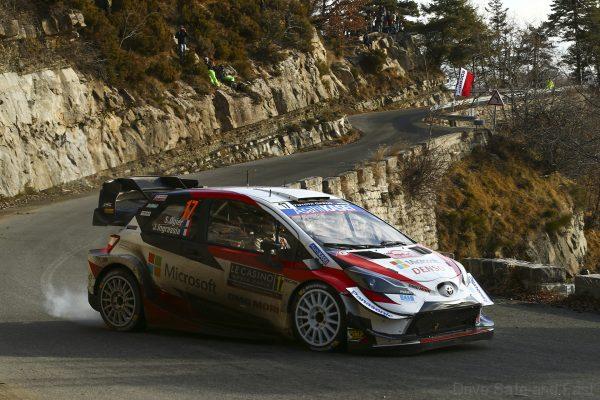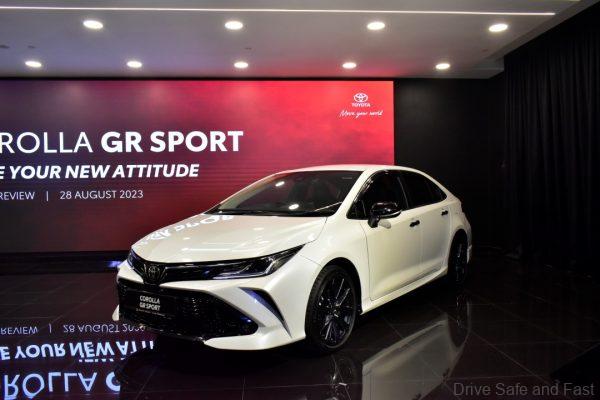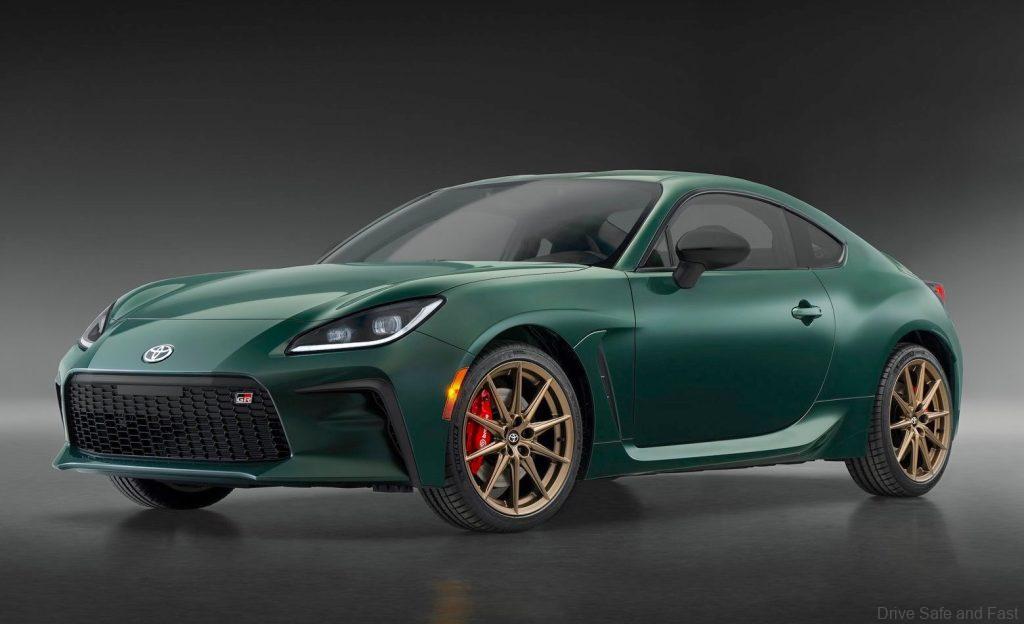Toyota’s Legacy in Motorsport: Building Tomorrow’s Cars Today
Toyota’s journey in motorsports began well over 50 years ago and since then, the brand has consistently pushed the boundaries in racing. From grueling endurance races to rally stages and high-speed circuits, Toyota’s involvement in various forms of motorsport has not only garnered it multiple championships and accolades but has also contributed immensely to its consumer vehicles. Today, models like the Toyota Vios, Yaris, and Corolla carry forward this rich legacy, embodying the lessons learned from decades of high-stakes competition.

The Origins of Toyota’s Motorsports Journey
Toyota entered the world of motorsports initially to test the performance and durability of its vehicles under extreme conditions. This ambition quickly evolved as Toyota expanded its presence in global racing circuits. Toyota had gained a reputation for reliability and innovation, with cars competing in everything from Japanese touring car races to international rallying competitions.
In 1973, Toyota took a significant step into the world of rally racing with the Corolla. This marked the brand’s first major attempt at competitive rallying, setting the stage for decades of continued investment and development in motorsport. Toyota’s rally cars became known for their durability, often outlasting competitors on the most challenging terrain, from gravel and mud to snow and ice.

Extreme Conditions as a Testing Ground
Toyota’s motorsport success is closely tied to its philosophy of kaizen, or continuous improvement. Motorsports have long served as a testing ground, exposing Toyota vehicles to extreme stress, which uncovers weaknesses and highlights areas for enhancement. This practice has proven invaluable for Toyota’s engineers, who translate the data from the track into practical applications for everyday commuter cars.
Take, for example, Toyota’s participation in the World Rally Championship (WRC). WRC demands that vehicles be capable of navigating rugged, unpredictable terrains. Toyota’s cars, particularly the Celica and later the Yaris WRC, thrived under these harsh conditions. The knowledge gained from WRC successes informs Toyota’s consumer vehicle designs, helping to improve suspension systems, drivetrain durability, and engine reliability for popular models like the Vios and Corolla.

Similarly, Toyota’s presence at the 24 Hours of Le Mans, one of the most grueling endurance races in the world, provided valuable insights into vehicle resilience and fuel efficiency. Toyota’s recent string of victories at Le Mans with the Toyota TS050 Hybrid highlights its commitment to hybrid technology and endurance. The innovations developed through these races have trickled down to hybrid commuter cars, enhancing fuel economy and performance for regular drivers.
Gazoo Racing (GR): Toyota’s Performance Arm
In recent years, Toyota’s motorsport expertise has been further honed through Gazoo Racing (GR), the automaker’s dedicated performance division. GR has become a test bed for Toyota’s high-performance capabilities, engineering everything from powertrains to aerodynamics that will eventually influence Toyota’s production cars. The GR Supra and GR Yaris are standout examples, demonstrating the impact of Toyota’s racing heritage on consumer vehicles.

The GR Yaris, for instance, was inspired directly by Toyota’s WRC exploits, featuring a powerful, turbocharged engine, all-wheel drive, and a lightweight frame—all elements crafted to meet rally specifications. Although the GR Yaris is a limited-edition performance car, many of its design elements influence Toyota’s mainstream models. This trickle-down effect means that commuter vehicles benefit from the same meticulous attention to performance and durability.

Bringing Motorsport Knowledge to the Streets
Toyota’s experience in motorsport directly benefits models like the Vios, Yaris, and Corolla which now have GR and GR-Sport variants, many of which are available in Malaysian showrooms. Each of these cars incorporates technology and design elements influenced by Toyota’s competitive success. Improved braking systems and better suspension are just a few of the benefits that everyday drivers experience as a result of Toyota’s dedication to motorsport.

To learn more about Toyota’s GR and GR-Sport models, check out their website here.

